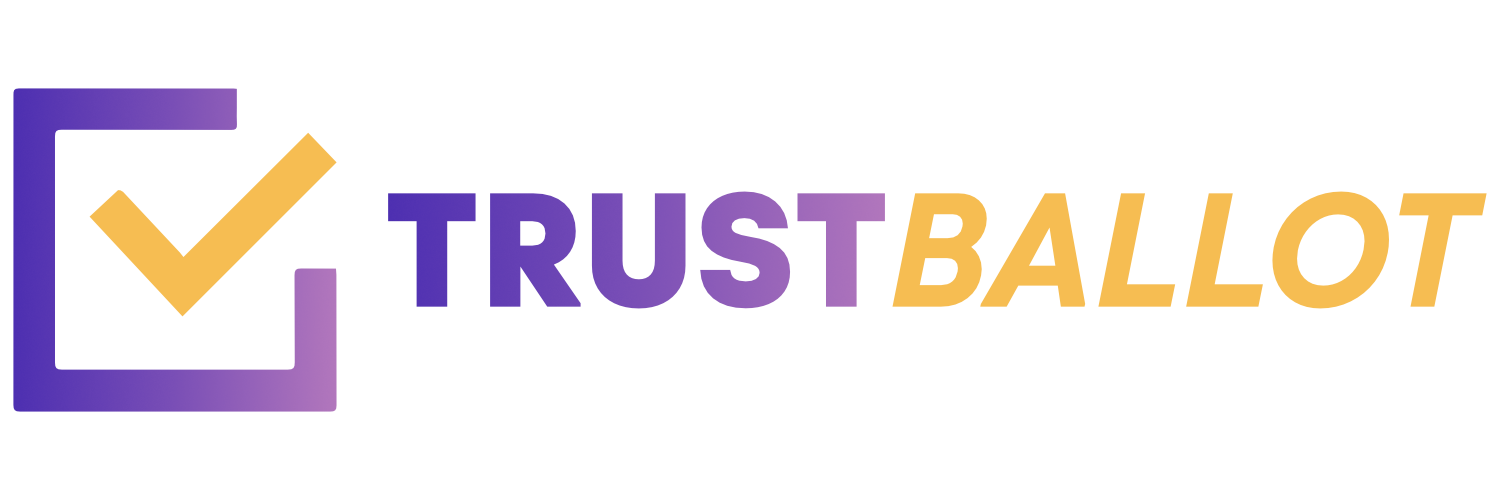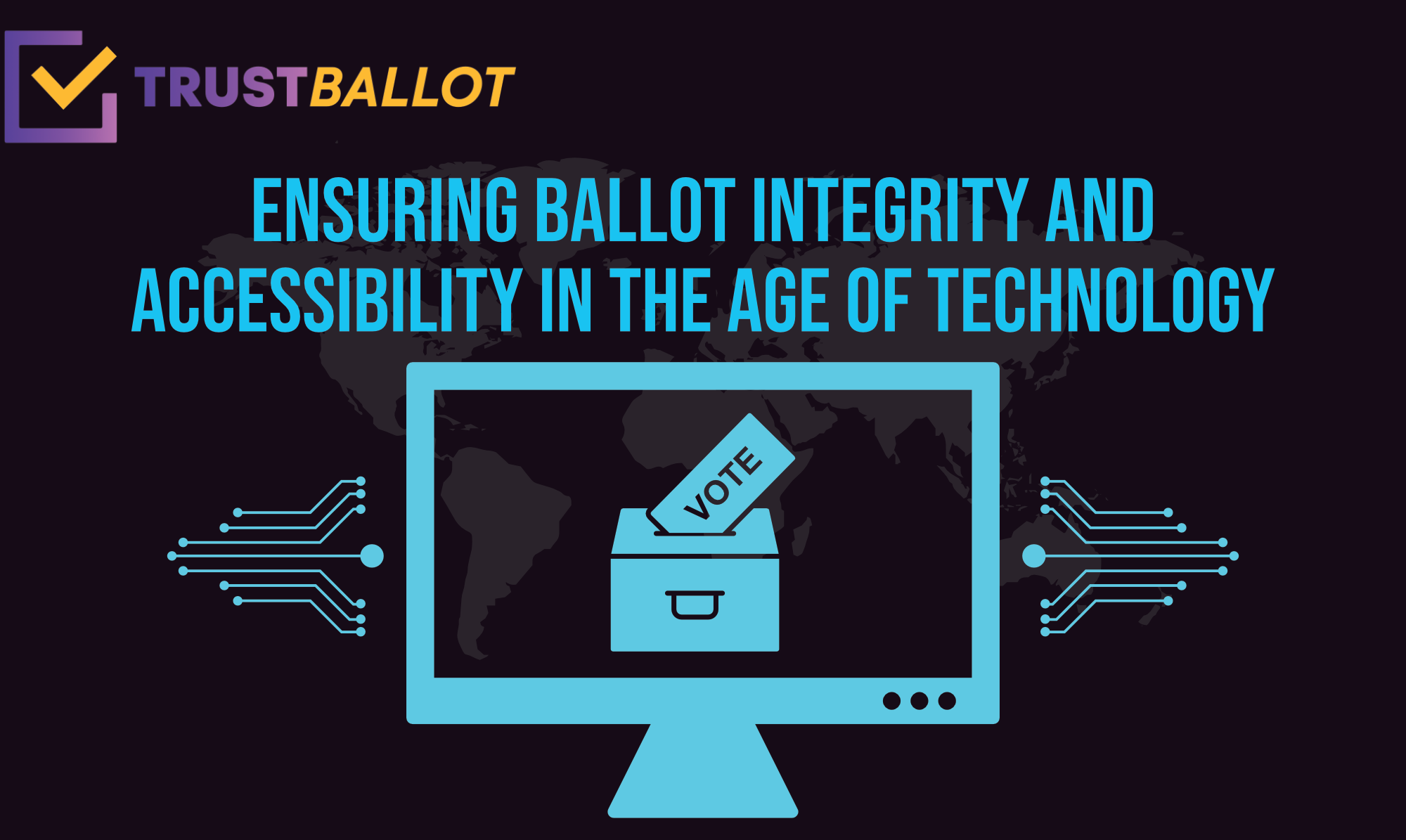Balancing Democracy's Future: Ensuring Ballot Integrity and Accessibility in the Age of Technology
Citizens of major democracies from the U.S. and the U.K. to Indonesia and Taiwan are due to head to the polls in 2024. The conversation around this upcoming election season has been dominated by concerns about disinformation and generative artificial intelligence (AI) technology. However, we believe ballot integrity and voter accessibility facilitated by technology is a hidden conversation that should be brought to the forefront to ensure the voices of all sectors of society are heard.
The recent ballot software blunder in Switzerland that led to three to five times as many votes to certain parties as well as the 2016 alleged Russian hack of the U.S. electronic voting system, demonstrate the limitation of the current voting technology—despite advancement that saw the development of electronic voting machine, such electronic system, in the U.S., had no means of double verification in case of software failure. The lack of a paper audit trail is the most pressing concern as potential interference or glitch could happen under the radar. This will erode voters’ trust in the electoral system and democratic process.
Today, paper ballots remain the most common method of voting in 209 out of 227 countries and territories according to the ACE Electoral Knowledge Network. Although in developing countries, such ballots could be subjected to manipulation and deliberate miscount or disappearance, election security experts from Harvard, Stanford, and Brennan Center for Justice recommend paper ballots over fully electronic systems. This is because a paper trail is crucial for a rectification process that ensures scrutiny. A hybrid process utilising paper ballots in conjunction with scan machines and witness process is the way forward to strengthen democratic processes.
Another argument in favour of the electronic system is the accessibility of the ballot machine which displays instructions in multiple languages, however, similarly accessible online voting where mobility and visually impaired voters may vote from their own devices. Such an online voting system is the method recommended by the European Blind Union to ensure confidentiality as in over half of countries in Europe, visually impaired voters require assistance at the poll. Online voting system is nothing new – Estonia has implemented a fully online voting system and France has used online voting for voters living abroad for the past two decades. Online voting’s time-tested usage meant that operating companies are better equipped with interference detection and troubleshooting skills.
As democracies around the world move towards electronic systems, considerations around electoral auditing, anti-interference capacity-building measures, and accessibility issues need to be part of the conversation. Whilst some election technologies such as online voting have enfranchising and inclusive effects on voters with disabilities; it is now more important than ever that some form of auditable paper trail remain in use to ensure election integrity and voter confidence fundamental to democratic systems amidst this period of rapid global transformation.

